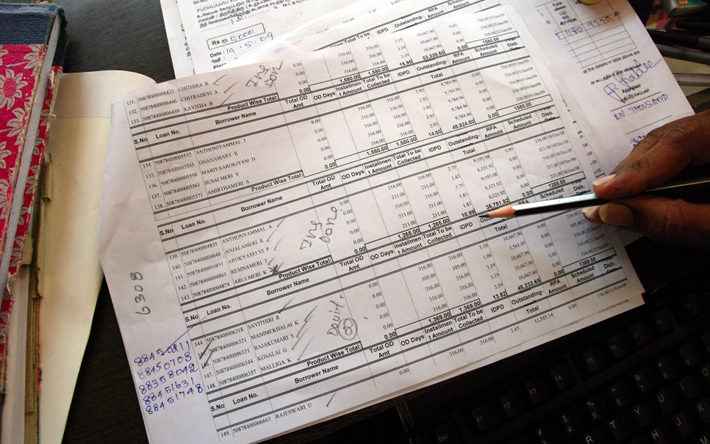A well-functioning capital market is an important prerequisite not only for financial inclusion, but also for economic development and growth.
In a developed economy, banks and capital markets often complement each other, allowing movement of surplus funds to find their most productive use, and, in the process, freeing up capital and improving liquidity that allows banks to finance a larger number of players than was hitherto possible.
Critical to such a movement is the existence of an efficient secondary market where previously issued financial instruments can be traded.
Secondary Markets
An example of a thriving secondary market in India is the secondary market for equities. With 22 stock exchanges across the country and the use of advanced technology, India is comparable to the world’s most advanced secondary markets for equity.
The growth in the equity markets in India can be traced to the enactment of the SEBI Act, 1992, that was made possible largely due to changes in policy made in conjunction with economic and financial reforms.
However, India still does not have a well-developed secondary market for debt instruments. Liquidity in such markets continues to remain a challenge and very few risk classes have any semblance of liquidity. In the absence of such markets, banks and other financial institutions need to hold all such assets on their books until maturity and maintain the requisite levels of equity on their books. This translates into a higher cost of funds, which is inevitably passed on to borrowers. An efficient secondary market would increase liquidity for lenders and allow them to pass the lower costs to borrowers.
In 2005, housing loan penetration rates, measured as outstanding housing loans to GDP, was only about 3 per cent in India, compared to 51 per cent in the US, 54 per cent in the UK, and 10-12 per cent in other Asian countries. But in 2009, for every 1 per cent increase in GDP, there was a 3 per cent increase in housing loans in India.
A large part of this was facilitated by the growth of secondary markets for home loan assets during this period. According to data from the National Housing Board (NHB), since 2000, 13 Housing Finance Corporations (HFCs) and one bank have securitised (creation of debt securities that are backed by a stream of cash-flows) housing loans aggregating Rs 862 crore through the NHB-SPV Trust.

It is important that the due diligence information collected by the lender is shared with the credit rating agency.
Role of Securitisation
One of the mechanisms of accessing the secondary debt market is fairly simple. A client borrows money from a lender, say a bank, which constitutes a primary market transaction. The bank needs liquidity to lend money to other borrowers.
Therefore, the bank sells to an investor the asset that was created, along with the risks associated with it, while retaining some risk on its books. In financial markets, such a transaction is called ‘originate to distribute’ (OTD) and a popular form of this model is securitisation.
In the wake of the global financial crisis, both these terms have been shrouded in mistrust. However, the model itself is sound and can play a key role in scaling financial services delivery, provided certain basic tenets are adhered to.
In India, the OTD model of securitisation can play a pivotal role in enhancing availability of capital for banks, particularly in a situation where capital adequacy norms are fairly high.
Creditworthiness
One of the basic tenets of the OTD model is to make sure that the lender who first originates the loan ensures that it has been provided to a creditworthy borrower. Since the assets are created by the lender with the intention of transferring the asset and associated risk to another institution, there is a fear that the underlying principles of credit sanction may not be given sufficient attention.
A sound principle of securitisation would ensure that this tenet, of following strictly the norms of credit sanction, is adhered to by asking the originator of the asset to continue to service the loan for a sufficient period of time before it is transferred and to retain the first part of the total losses on such a portfolio, through a mechanism called the First Loss Default Guarantee (FLDG).
Put simply, this would ensure that the originator of the asset, who now has its skin in the game by guaranteeing the first part of the loss, will ensure the quality of the underlying asset. This is particularly important for asset classes that have a relatively longer tenure of repayment, such as auto loans or home loans, as it ensures that the credit appraisal is done well.
For More Transparency
To ensure high quality in the transfer of assets between the originator and the financial institution purchasing the assets, an independent credit rating of the portfolio is critical.
It is important that the due diligence information collected by the lender is shared with the credit agency, which verifies the information through its own credit rating process and makes the rationale known to all investors.
This, in turn, increases transparency in the transaction.
As secondary markets develop in India, there will emerge new asset classes that help in furthering financial inclusion. A case in point is the securitisation of microfinance loan portfolios.
This article first appeared in The Hindu Business Line.


